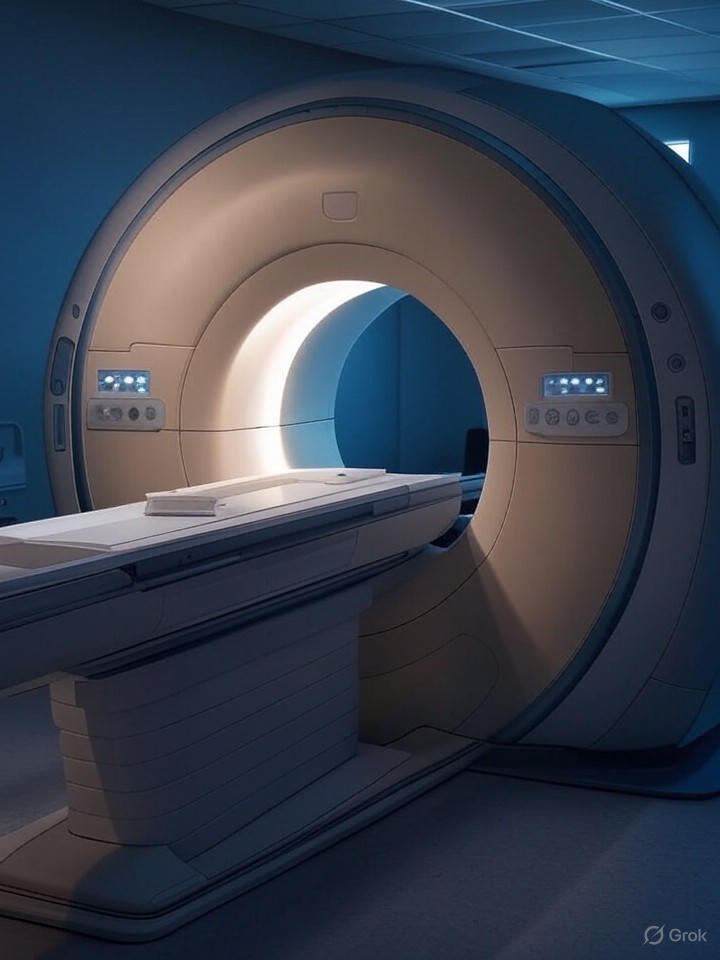In a startling revelation that underscores the fragility of digital health infrastructure, cybersecurity firm Modat has uncovered over one million healthcare Internet of Things (IoT) devices and connected medical systems exposed online, potentially leaking sensitive patient data. This exposure includes detailed medical scans, personal records, and real-time monitoring information from devices like MRI machines, infusion pumps, and patient monitoring systems. The findings, detailed in a recent report, highlight how lax security practices—such as default passwords and unpatched software—have left these devices vulnerable to unauthorized access.
The United States tops the list of affected countries, with more than 500,000 exposed devices, followed by South Africa and Australia. Modat’s analysis, conducted using advanced scanning tools, revealed that many of these systems are running outdated protocols like DICOM for medical imaging, which lack modern encryption. In one instance, researchers accessed unencrypted X-ray images and patient histories simply by exploiting open ports, raising alarms about identity theft and medical fraud.
The Scope of Vulnerability in Global Healthcare Networks
Industry experts warn that this is not an isolated incident but part of a broader pattern of IoT insecurities in healthcare. A report from Healthcare IT News last year detailed similar weaknesses, where security researcher Himaja Motheram outlined how unpatched firmware in devices like smart pacemakers and insulin pumps could be exploited. Modat’s latest data suggests the problem has escalated, with over 1.2 million devices now at risk, as per a follow-up analysis on Cybersecurity News.
The financial and human costs are immense. Hackers could manipulate device settings, such as altering drug dosages in connected infusion systems, leading to life-threatening errors. An industry survey cited in IoT For All notes that 75% of such devices harbor vulnerabilities, amplifying risks in an era where healthcare generates 30% of the world’s data, doubling every two years.
Historical Breaches and Emerging Patterns
This exposure echoes past breaches, like the 2023 incident where millions of patient records were compromised through vulnerable IoT endpoints. Recent posts on X (formerly Twitter) from users like cybersecurity influencers highlight ongoing concerns, with one noting a “systemic patient safety failure” in exposed MRI data due to default credentials like ‘admin’. Another post referenced a 5.3TB leak of mental health records from an unsecured database, underscoring the human toll.
Regulatory responses are lagging. The Editverse guidelines for 2025 emphasize compliance with security protocols, yet enforcement remains spotty. In Europe, GDPR fines have targeted similar lapses, but U.S. healthcare providers often prioritize connectivity over security, as evidenced by the Ascension breach affecting 5.6 million patients, detailed in X discussions and confirmed by privacy advocates.
Market Growth Amid Security Gaps
Paradoxically, the healthcare IoT security market is booming. A Yahoo Finance report projects it to reach $3.52 billion by 2034, growing at 18.83% annually, driven by telemedicine demands. However, this growth hasn’t translated to widespread fixes; Modat found that many exposed devices use legacy systems incompatible with cloud security upgrades.
Experts like those at Censys, in their blog on IoHT exposures, argue for zero-trust architectures to mitigate risks. They point to public-facing networks as honeypots for attackers, with real-time scanning revealing persistent threats.
Strategies for Mitigation and Future Safeguards
To combat this, healthcare leaders are urged to adopt multi-layered defenses. Implementing AI-driven anomaly detection and regular penetration testing could seal these gaps, as recommended in Modat’s report. Partnerships with firms like those attending Black Hat USA 2025 are pushing for better standards.
Yet, the challenge is cultural: many hospitals view IoT as efficiency tools, not security liabilities. A HIPAA Guide analysis of H1 2025 breaches shows over 31 million Americans affected, a slight dip in incidents but a surge in exposed data volume.
Implications for Patients and Providers
For patients, the risks extend beyond data theft to physical harm. Imagine a hacked wearable device falsifying vital signs, delaying critical care. Providers face legal repercussions, with breaches like the Episource incident—stealing data on 5.4 million users, as reported by TechRadar—leading to multimillion-dollar settlements.
Looking ahead, insiders predict stricter regulations by 2026, mandating IoT device certification. Until then, proactive measures like firmware updates and network segmentation are essential. As one X post from a health tech account put it, this leak from over a million devices is a wake-up call for the industry to prioritize security before connectivity claims more victims.
In conclusion, while innovation drives healthcare forward, these exposures reveal a critical blind spot. By integrating robust protocols and fostering a security-first mindset, the sector can protect the very data that powers modern medicine.




 WebProNews is an iEntry Publication
WebProNews is an iEntry Publication